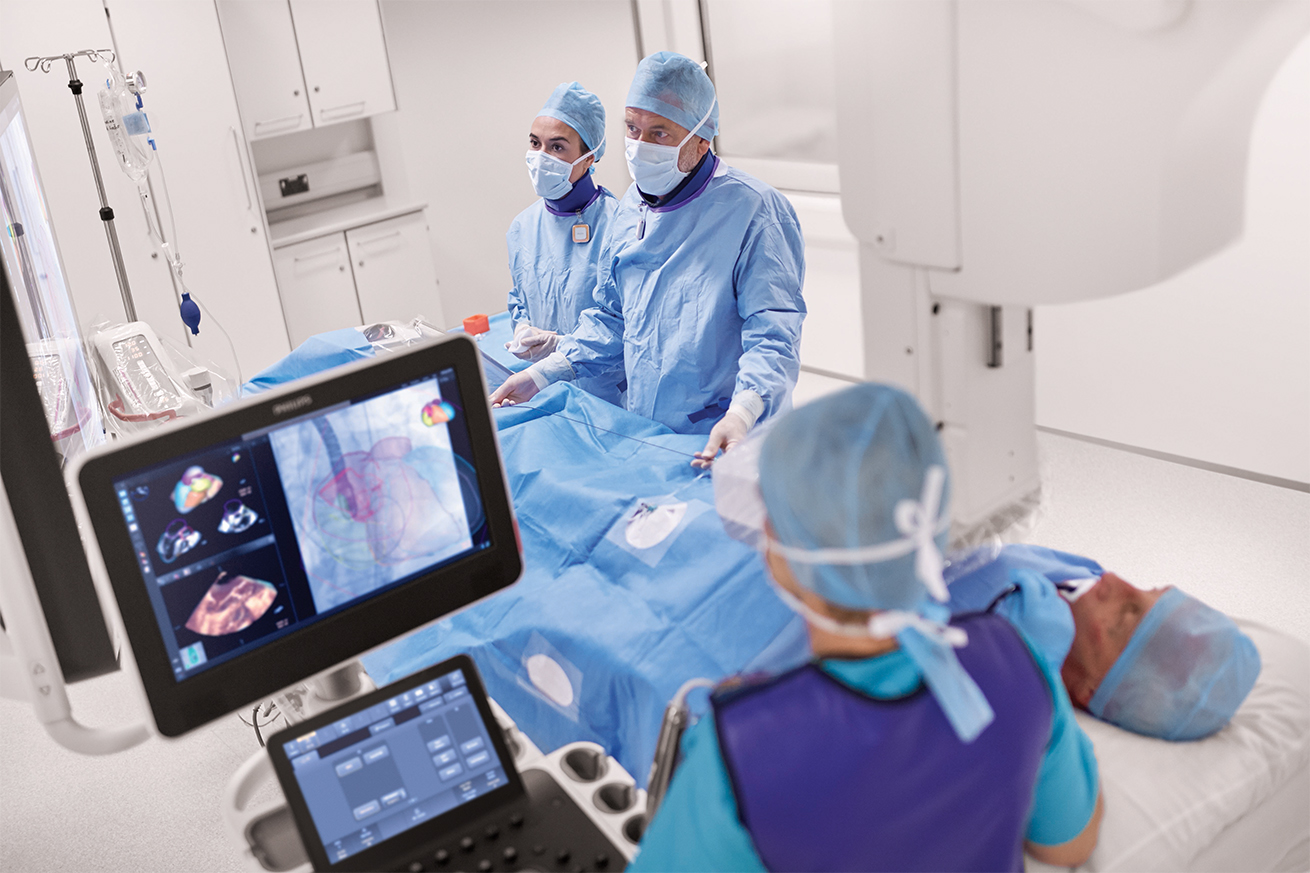Topics covered in brief in this issue include: self-monitoring of type 2 diabetes cuts costs; rivaroxaban licensed in patients with CAD or PAD; new cardiovascular ultrasound platform; CV meta-analysis shows SGLT2 inhibitor benefits; dairy fat linked to lower rates of CVD and mortality.
Self-monitoring of type 2 diabetes cuts costs
Self-monitoring of type 2 diabetes used in combination with an electronic feedback system results in considerable savings on health care costs and also travel costs for patients, especially in sparsely populated areas, a new study shows.
The study, carried out in Northern Karelia by the University of Eastern Finland, found that by replacing half of the required follow-up visits for type 2 diabetes with self-measurements and electronic feedback, total costs of glycated haemoglobin monitoring were reduced by nearly 60%. The annual per-patient cost was down from 280 euros to 120 euros. Fewer follow-up visits also led to a reduction in patient’s annual travel costs, down by over 60% from 45 euros to 17 euros.
The researchers say the cost model can be transferred to other places and other diseases, such as cancer and cardiovascular disease. The study was published in the International Journal of Medical Informatics (doi: 10.1016/j.ijmedinf.2018.04.012).
Rivaroxaban licensed in patients with CAD or PAD
The European Commission has approved rivaroxaban (2.5 mg twice daily) in combination with low-dose aspirin (100 mg once daily) for the prevention of atherothrombotic events in adult patients with coronary artery disease (CAD) or symptomatic peripheral arterial disease (PAD) at high risk of ischaemic events, Bayer has announced.
The approval follows results from the COMPASS study, which was stopped one year early, and showed this combination of rivaroxaban and aspirin reduced the risk of the composite of stroke, cardiovascular disease and heart attack by 24% (relative risk reduction 1.3%) compared to aspirin alone in CAD and/or PAD patients.
CAD causes 66,000 deaths in the UK each year. PAD is estimated to affect one in five people over the age of 60 in the UK.
New cardiovascular ultrasound platform
A new cardiovascular ultrasound platform, Epiq CVx, has been introduced by Philips. It offers sharper and clearer images of coronary arteries and has tailored applications for diagnostic, paediatric and interventional cardiology.
The platform has new special features including anatomical intelligence to automatically quantify left ventricular ejection fraction; a high degree of robustness and reproducibility; and personal customisation of the controls for clinicians.

CV meta-analysis shows SGLT2 inhibitor benefits
A review and meta-analysis of cardiovascular outcome trials has shown that SGLT2 inhibitors have “moderate” benefits on major adverse cardiovascular events that seem to be confined to patients with established atherosclerotic cardiovascular disease, but have “robust” benefits on reducing hospitalisation for heart failure and progression of renal disease regardless of existing atherosclerotic cardiovascular disease or a history of heart failure.
The review included data from three clinical trials and 34,322 patients. It found SGLT2 inhibitors reduced major adverse cardiovascular events by 11% (HR 0·89 [95% CI 0·83–0·96], p=0·0014), with benefit only seen in patients with atherosclerotic cardiovascular disease (0·86 [0·80–0·93]) and not in those without (1·00 [0·87–1·16], p for interaction=0·0501).
But SGLT2 inhibitors reduced the risk of cardiovascular death or hospitalisation for heart failure by 23% (0·77 [0·71–0·84], p<0·0001), with a similar benefit in patients with and without atherosclerotic cardiovascular disease and with and without a history of heart failure. The risk of progression of renal disease was reduced with SGLT2 inhibitors by 45% (0·55 [0·48–0·64], p<0·0001), with a similar benefit in those with and without atherosclerotic cardiovascular disease.
The review and meta-analysis was published in The Lancet (doi: 10.1016/S0140-6736(18)32590-X).
Dairy fat linked to lower rates of CVD and mortality
Dairy consumption of around three whole fat servings per day is associated with lower rates of cardiovascular disease (CVD) and mortality, compared to lower levels of consumption, according to a global observational study.
The PURE (Prospective Urban Rural Epidemiological) study was carried out on over 130,000 people in 21 countries, and published in The Lancet (doi: 10.1016/S0140-6736(18)31812-9).
One standard serving of dairy was equivalent to a glass of milk at 244g, a cup of yoghurt at 244g, one slice of cheese at 15g, or a teaspoon of butter at 5g.
Compared to the no intake group, the high intake group (mean intake of 3.2 servings per day) had lower rates of total mortality (3.4% vs. 5.6%), non-cardiovascular mortality (2.5% vs. 4%), cardiovascular mortality (0.9% vs. 1.6%), major cardiovascular disease (3.5% vs. 4.9%), and stroke (1.2% vs. 2.9%). There was no difference in the rates of myocardial infarction between the two groups (1.9% vs. 1.6%).
Among those who consumed only whole-fat dairy, higher intake (mean intake of 2.9 servings of whole fat dairy per day) was associated with lower rates of total mortality (3.3% vs. 4.4%) and major CVD (3.7% vs. 5.0%), compared to those who consumed less than 0.5 servings whole-fat dairy per day.
An accompanying editorial, however, warns against changes in dietary guidelines just yet.
Other news items in BJC Issue 4, 2018:
New heart failure nurse audit
European patient survey shows cancer-associated thrombosis
Preventing potentially fatal anaesthetic accidents
Future advances in bifurcation stenting?
Peripheral arterial disease assessment training tool
